Latest
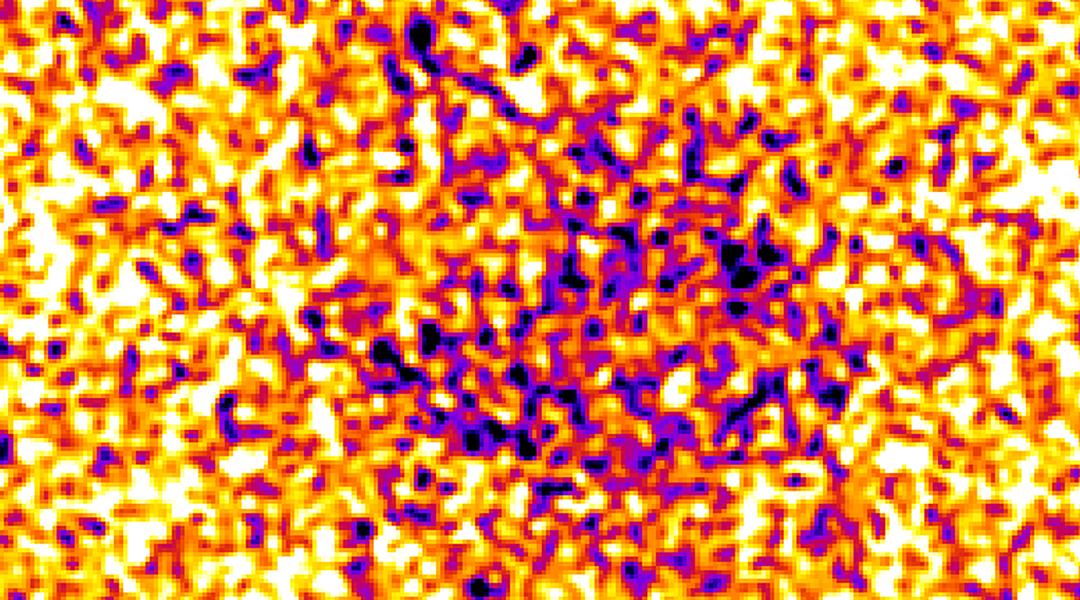
Live imaging of nanoscale biological processes achieved for the first time
Scientists have built a microscope capable of live imaging of biological processes in such detail that moving protein complexes are visible.
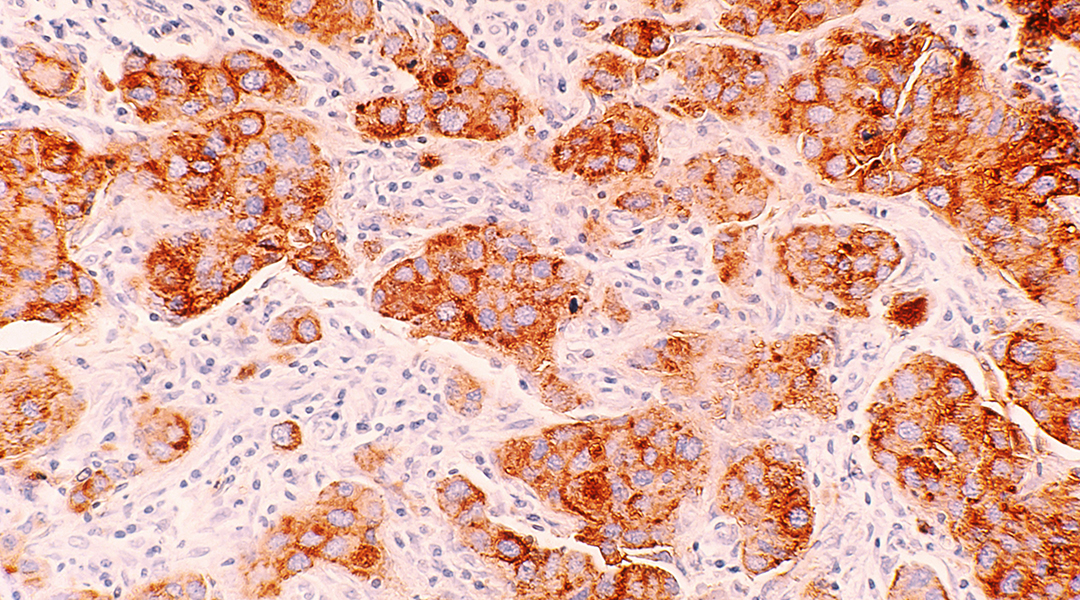
Blood pressure drug shown to treat triple-negative breast cancer in mice
A new study reveals that lacidipine, a common antihypertensive medication, slows tumor growth in triple-negative breast cancer.
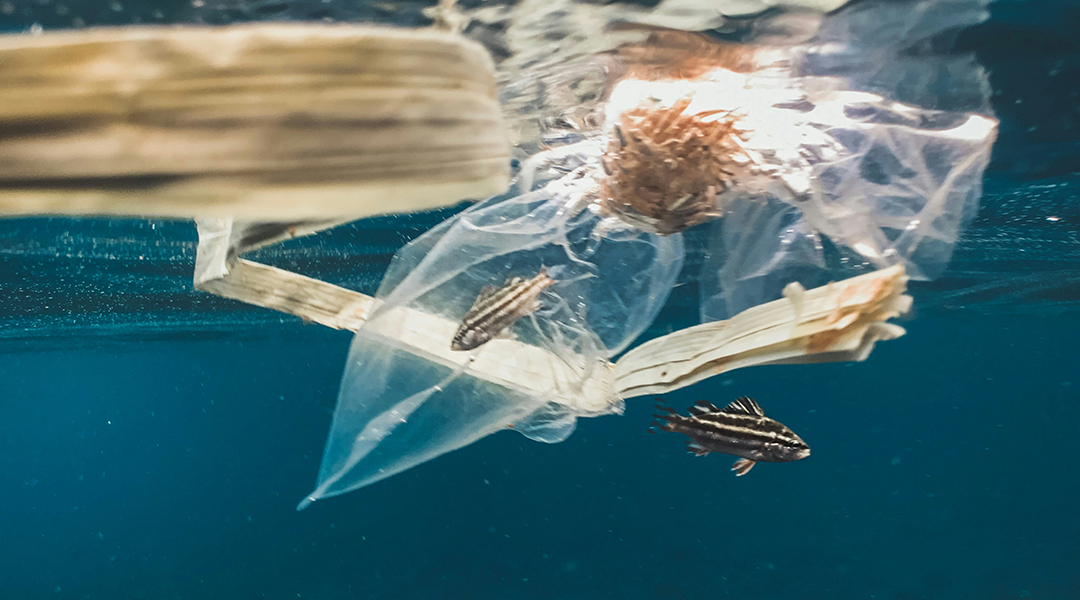
New plastic material fully degrades in the ocean
A new material designed to dissolve only in salt water could help us prevent the accumulation of microplastics in the seas.
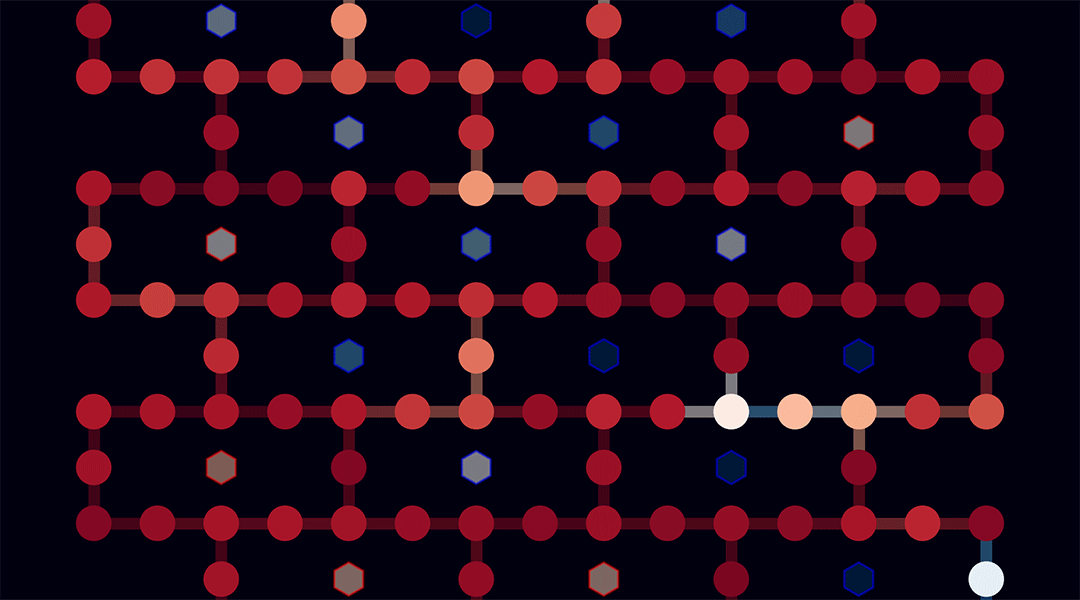
Which quantum computer leads the pack? Benchmarking entanglement could give the answer
Researchers have developed a new method to benchmark quantum computers by measuring their ability to create entangled qubit states.

Why exercising early in life is key to keeping muscles strong as we age
Study shows that starting exercise early helps condition cells to preserve motor neurons before age-related loss.

Woolly mammoths were inbred, but this didn’t lead to population collapse
A bottleneck event caused inbreeding in the last woolly mammoths, but scientists find this was not responsible for their demise on Wrangel Island.
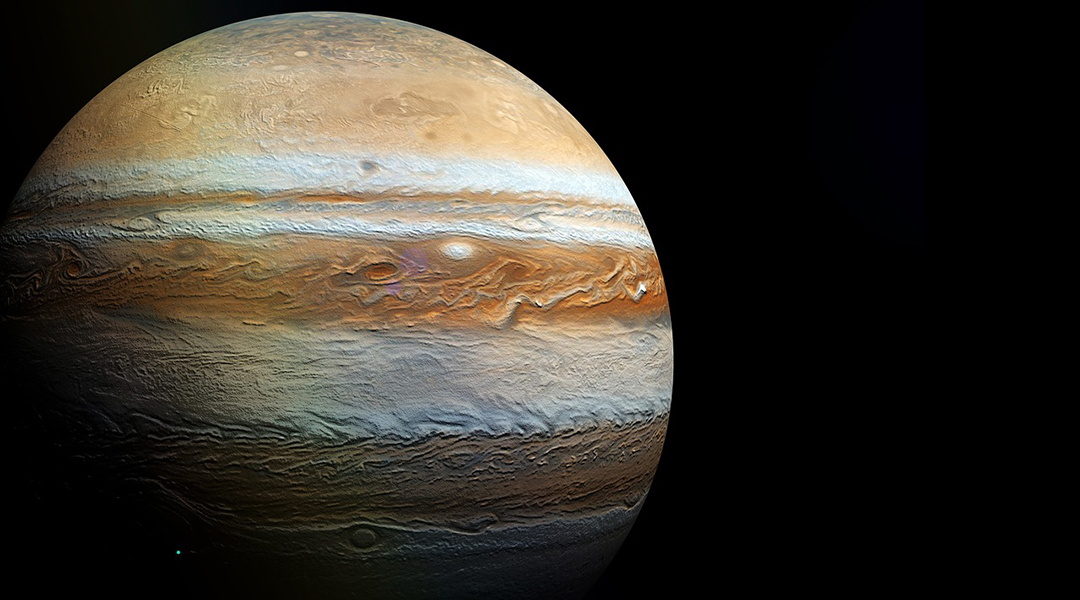
Dark matter could be lurking in Jupiter’s atmosphere
Astronomers propose that an infrared glow observed in Jupiter’s atmosphere may be dark matter particles colliding.
ASN Weekly
Sign up for our weekly newsletter and receive the latest science news directly to your inbox.
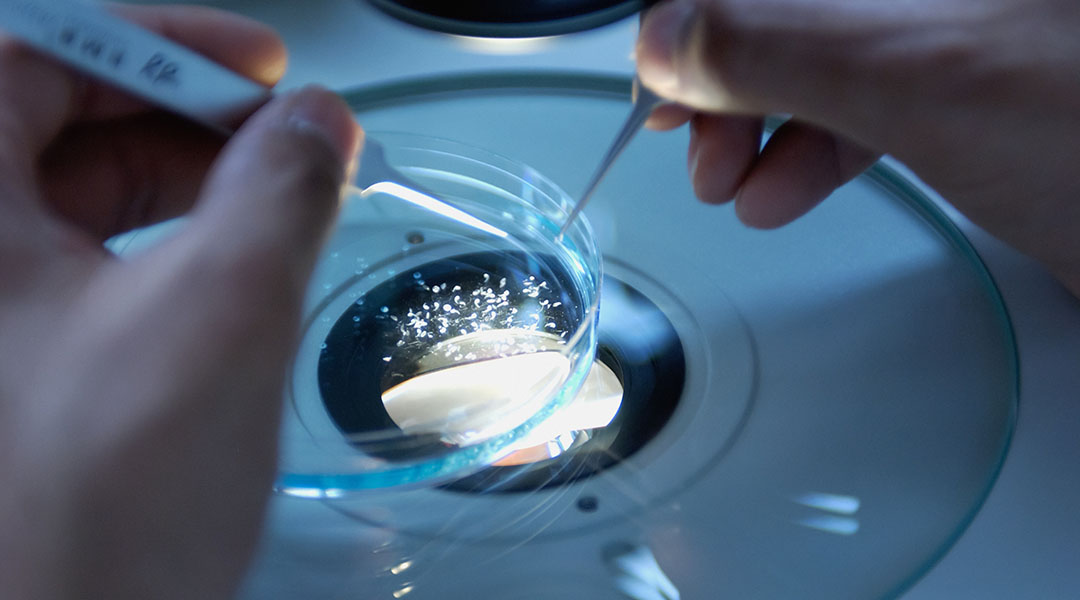
Bacteria found in tumors could prove a potent anticancer tool
Bacteria residing inside tumors provide a surprisingly powerful immunotherapy platform to combat different cancers.

Unearthing the ancient origins of kissing
A mythological text written in Sumerian and dated to 2500 BCE describes humanity’s earliest record of a romantic kiss.
Galactic clusters may be key to testing competing theories of dark matter and dark energy
Scientists propose a modified cosmological model that challenges the existence of dark matter and dark energy.

How the brain protects itself from the negative effects of CBD
To understand CBD’s impact and the risks associated with consumption, researchers explore how a fellow brain cell prevents toxicity in neurons.

Unraveling how social context influences our neurochemical response to touch
The interplay between the hormones oxytocin and cortisol in regulating emotion and behavior depends on context and familiarity, new study finds.
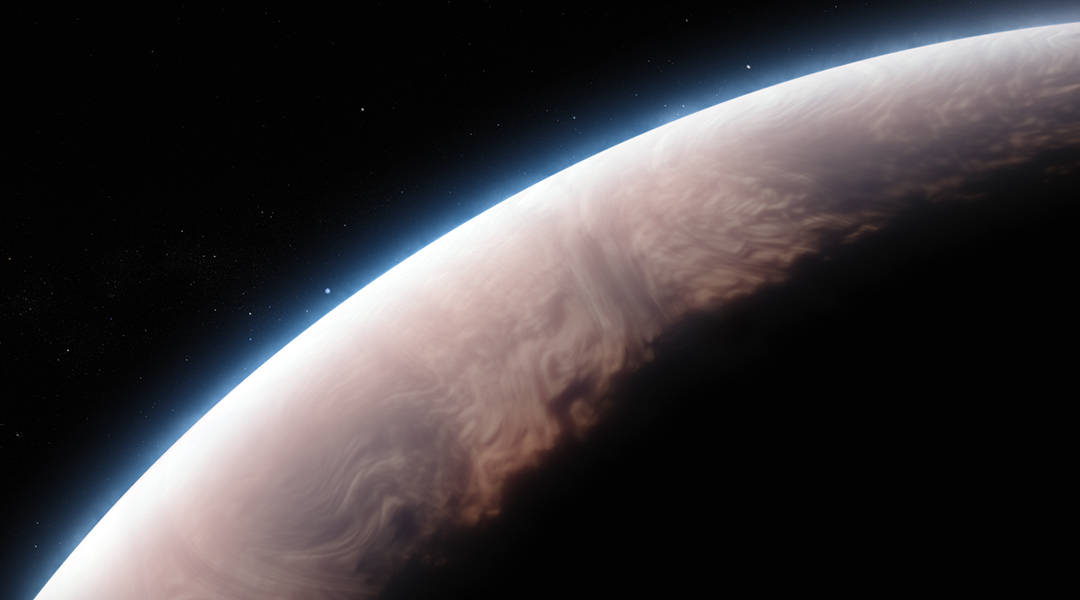
The James Webb Space Telescope spots quartz in exoplanet atmosphere
New discovery once again shows how strange planets outside the Solar System can get, and astronomers are thrilled.

Machine learning’s quantum leap into superconductors and quantum computers
Machine learning unravels the secrets of the Gaudin model, paving the way for improved quantum technologies and a deeper understanding of quantum behavior.

In the world of music, love songs get lost in translation
While people across cultures can discern the behavioral context of various vocal songs, they struggle to identify love songs.
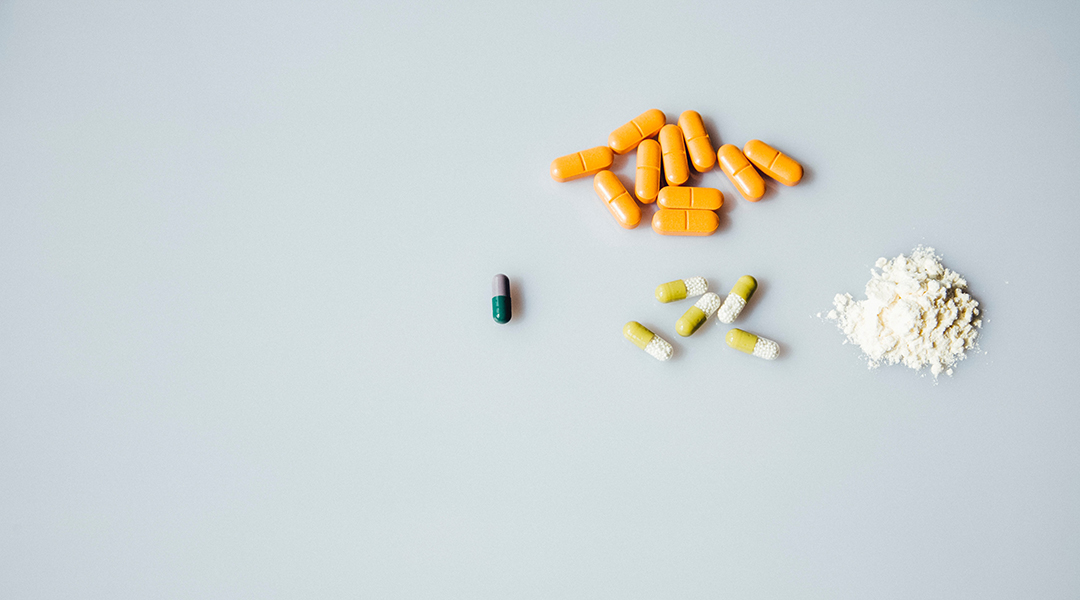
Are probiotics actually beneficial?
The evidence says healthy people can skip the supplement with peace of mind.
No Results Found
The page you requested could not be found. Try refining your search, or use the navigation above to locate the post.
No Results Found
The page you requested could not be found. Try refining your search, or use the navigation above to locate the post.
No Results Found
The page you requested could not be found. Try refining your search, or use the navigation above to locate the post.
No Results Found
The page you requested could not be found. Try refining your search, or use the navigation above to locate the post.
No Results Found
The page you requested could not be found. Try refining your search, or use the navigation above to locate the post.
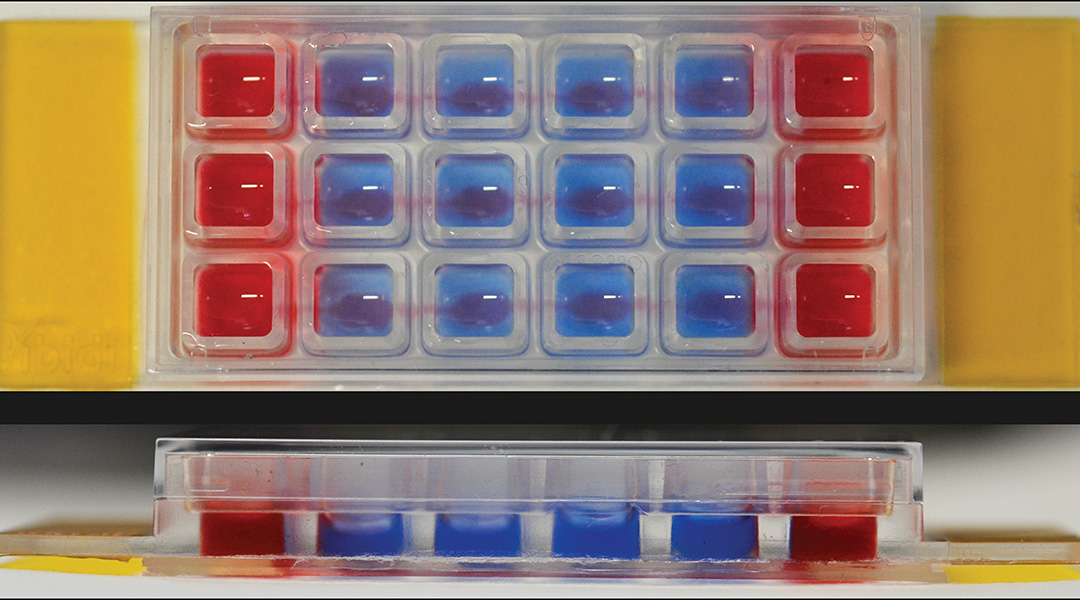
Gut-on-a-chip helps get to the bottom of inflammatory bowel disease
A microfluidic chip could help researchers uncover the unknown underlying mechanisms that cause inflammatory bowel disease.
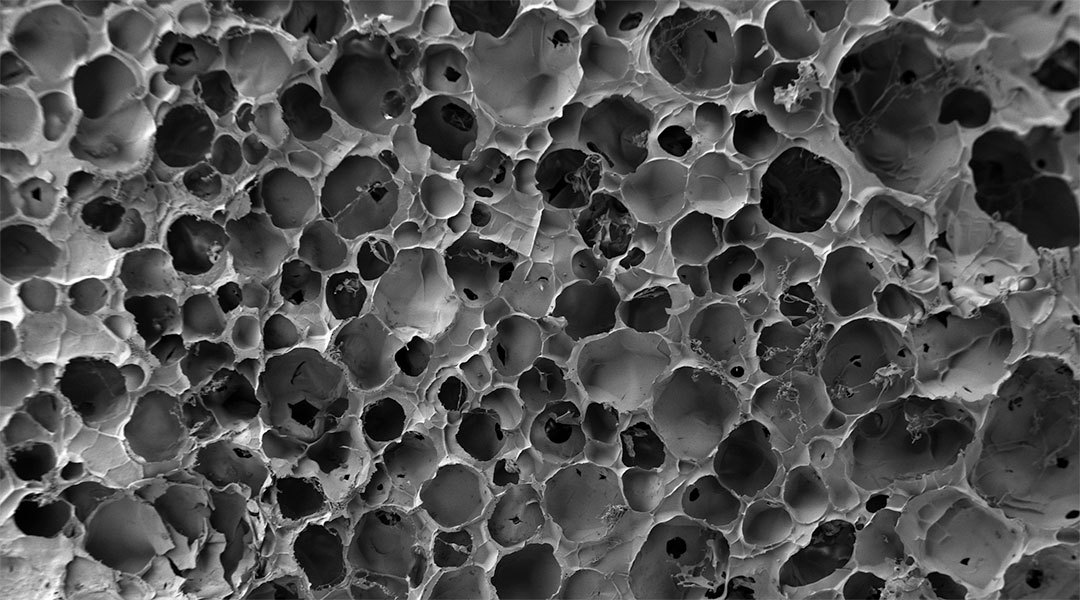
A lung-mimicking sealant helps repair surgical leaks
A superior surgical sealant mimics the structural and mechanical properties of lung tissue to repair air leaks after surgery.
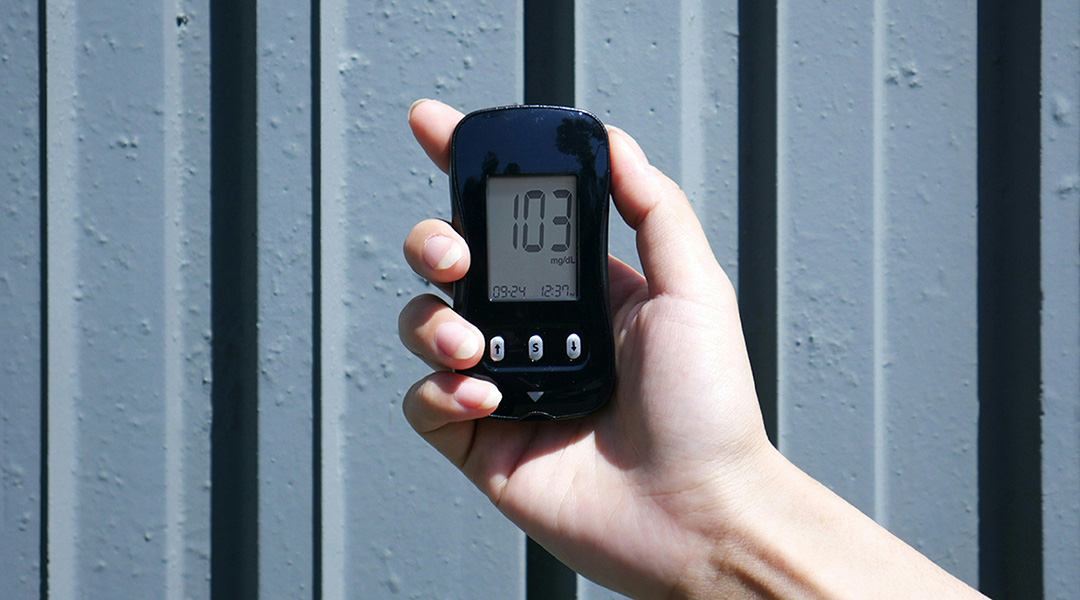
Wearable patch monitors blood sugar via sweat
An energy-harvesting wearable patch continuously monitors blood sugar levels via sweat to prevent hypoglycemic events in diabetic patients.
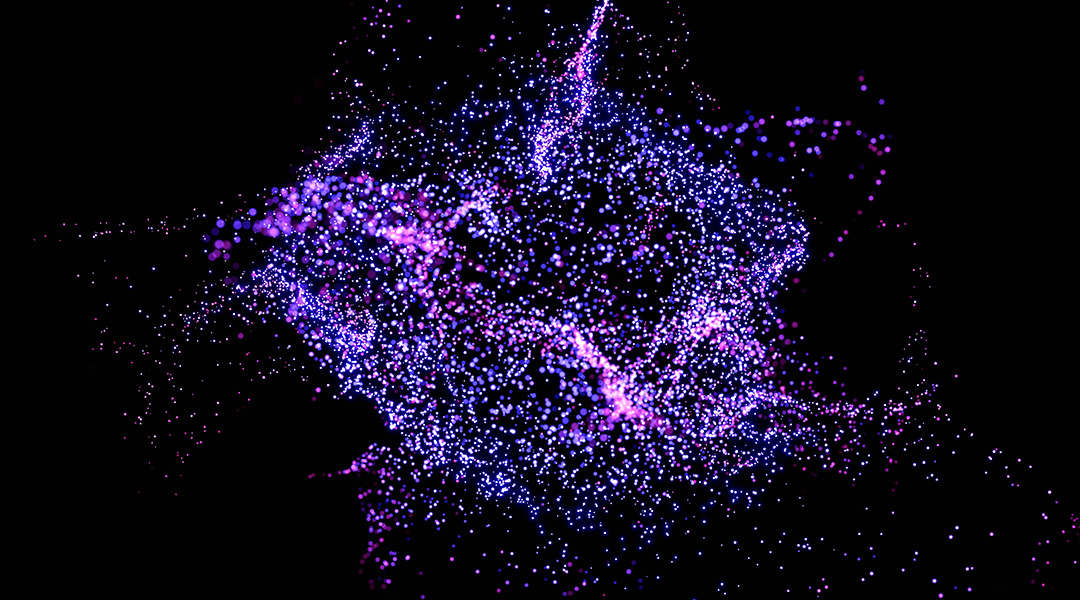
Nanovehicles take aim at tumor cells for better chemotherapy
Nanoparticles with innovative coatings target tumor cells, enhancing chemotherapy effectiveness while minimizing side effects.
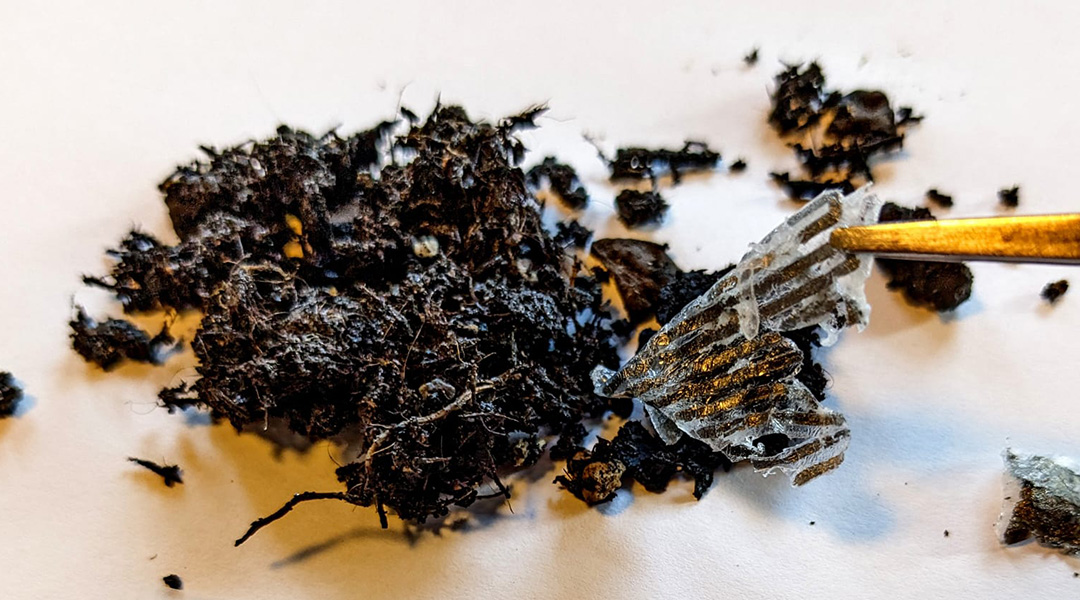
Cellulose could replace plastics in flexible electronics
Discover how cellulose may revolutionize flexible electronics, replacing plastics in eco-friendly, sustainable substrates for innovative devices.

How label-free, super-resolution imaging will push microscopy’s limits
New research lays out the future of a pioneering form of electromagnetic imaging.

A new smart paint blends art and science
Scientists have designed a new paint formulation based on a natural pigment that changes color in response to sunlight.

Clickable buttons that rise up anywhere on a touchscreen
PopTouch blends transparency and touch, bringing traditional tactile buttons to a world of flat screens and smooth surfaces.
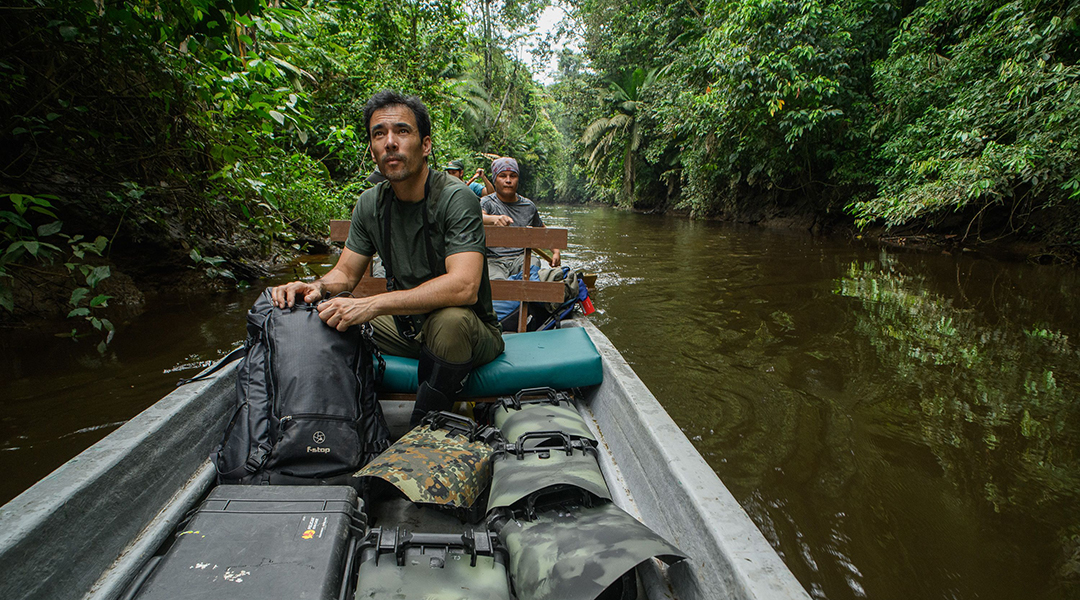
Through the lens of rainforest conservationist and photographer Chien Lee
Not just pretty pictures: Borneo-based wildlife photographer and conservationist Chien Lee has a deeper message.

Ozone pollution disrupts genes controlling circadian rythyms
Study finds air pollution, specifically ozone exposure, has a disruptive affect on the genes responsible for circadian rhythms in the lungs.
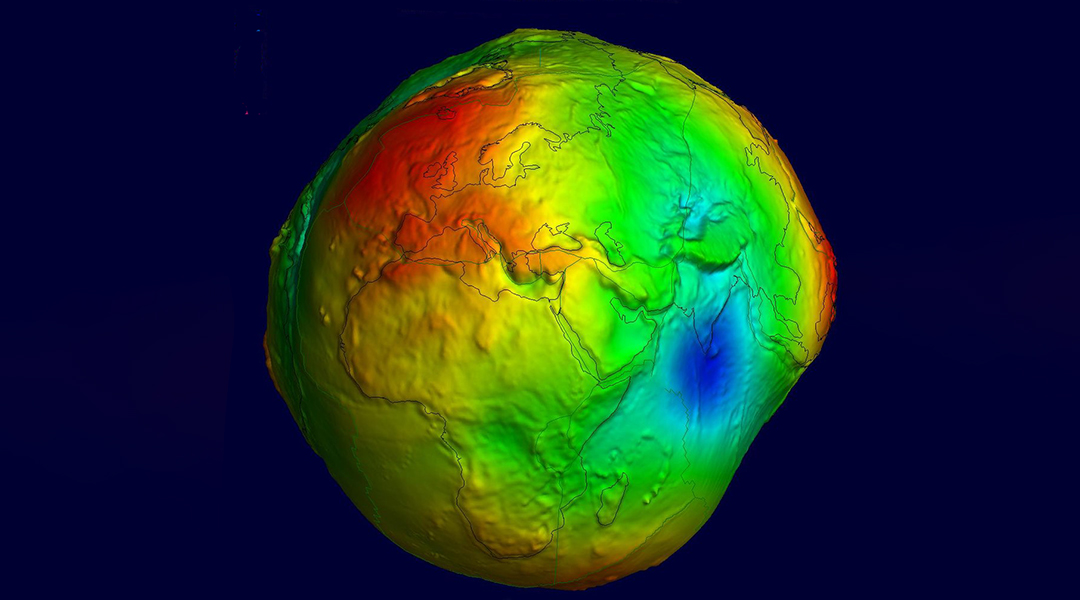
Mystery of gravity hole in Indian Ocean solved
The mystery around a region where Earth’s gravitational pull is weaker than other parts of our planet may finally have an answer.

Recycling “old” materials in pursuit of new energy solutions
Two well-known, abundant, and low-cost materials are finding new life in grid-scale energy storage and sustainable water splitting technologies.
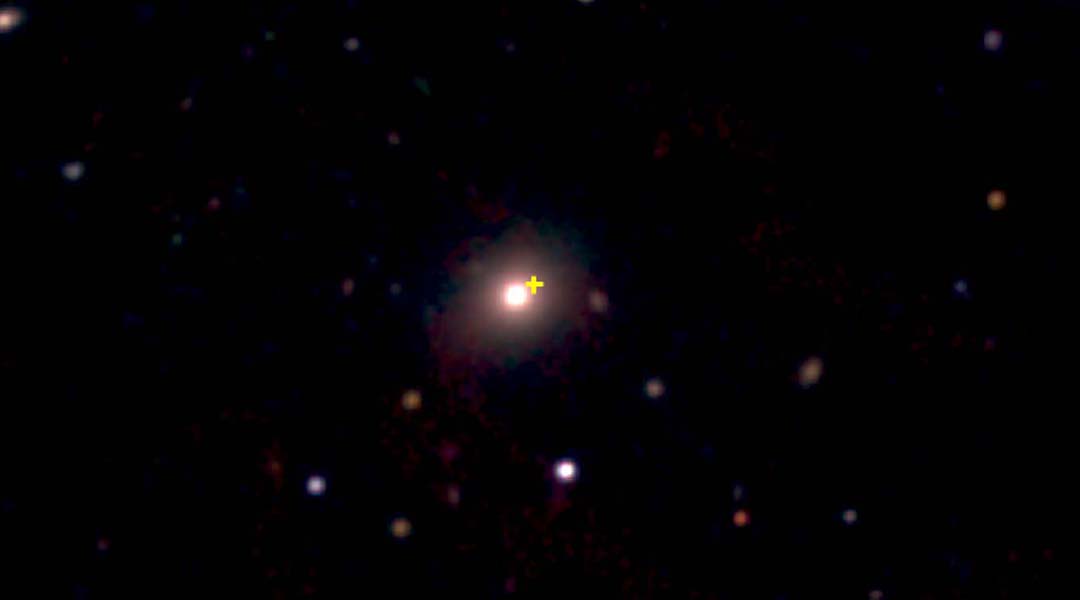
Cosmic explosion is one of the most powerful and rapid blasts ever seen by astronomers
The rare but extreme blast that outshone most supernovas originated two billion light years away and has been classed as a “Luminous Fast Cooler”.

Astronomers observe a galaxy’s magnetic field in the very early Universe
The galaxy 9io9 is seen as it was when the cosmos was just 2.5 billion years old, making this the earliest galactic magnetic field ever observed.
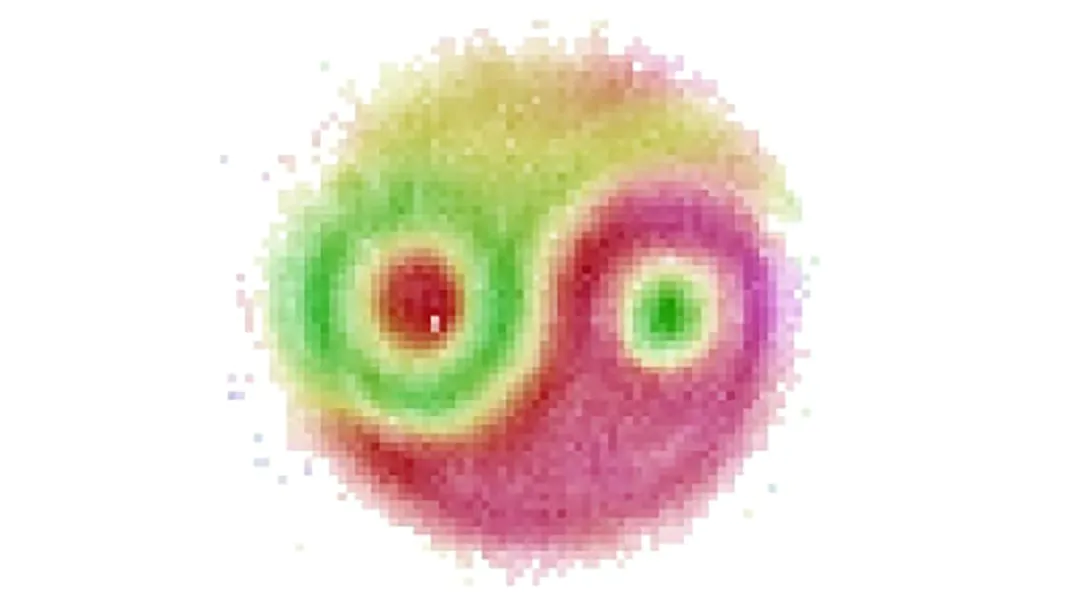
Quantum entanglement visualized for the first time ever
The mysterious phenomenon that Einstein once described as “spooky action at a distance” was seen as a wavefunction between two entangled photons.

Scientists observe the elusive demon particle for the first time
First predicted in 1956, scientists have stumbled upon a massless, neutral particle that does not interact with light, colloquially named the “demon particle”.



